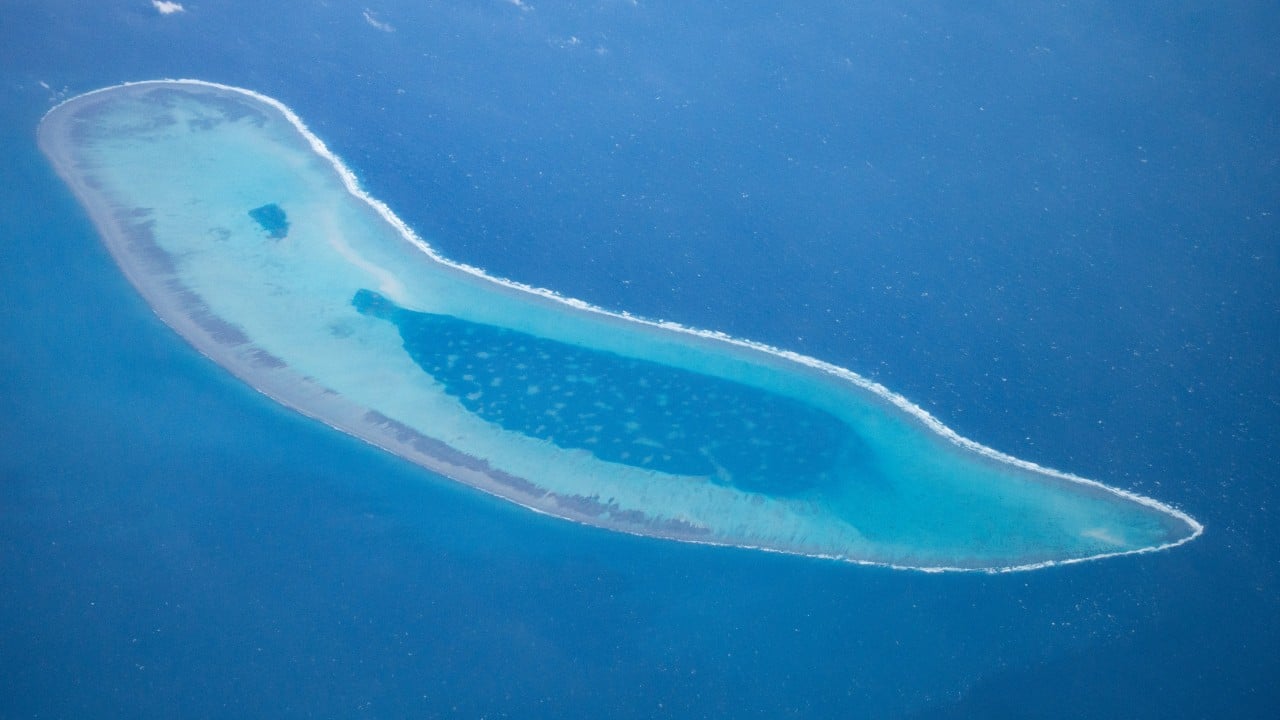Four years after the USS Connecticut, one of the most advanced nuclear submarines in the US Navy, slammed into an uncharted seamount in the South China Sea, the site of that near-catastrophic grounding may now become a deadly minefield for future naval battles.
Advertisement
Chinese military scientists are proposing to transform the dangerous underwater terrain where the Connecticut crashed into a strategically engineered kill zone, packed with powerful mines designed to exploit the very same acoustic blind spots that made the area so treacherous for the American sub.
In a new study published in the peer-reviewed journal Technical Acoustics, researchers from the People’s Liberation Army Dalian Naval Academy and Harbin Engineering University (HEU) reveal how the rugged seamounts around the Paracel Islands – dubbed “acoustic shadow zones” – can help intelligent mines evade detection and selectively target enemy vessels.
These sonar dead zones, mostly around the peaks and leeward slopes of submerged mountains where sound waves fracture, reflect or vanish entirely due to complex undersea topography, are ideal hiding spots for China’s underwater weapons that could challenge US dominance in undersea warfare, according to the researchers.
“Research on the site selection of underwater target deployment can help identify optimal locations on the sea floor, enhance the concealment of deployed assets and ensure they are difficult to detect,” wrote the team led by associate professor Ma Benjun with the HEU, which built China’s first submarine.
Advertisement
Planting sea mines precisely within these sonar dead zones “plays a crucial role in ensuring maritime security”, Ma and his colleagues added.

